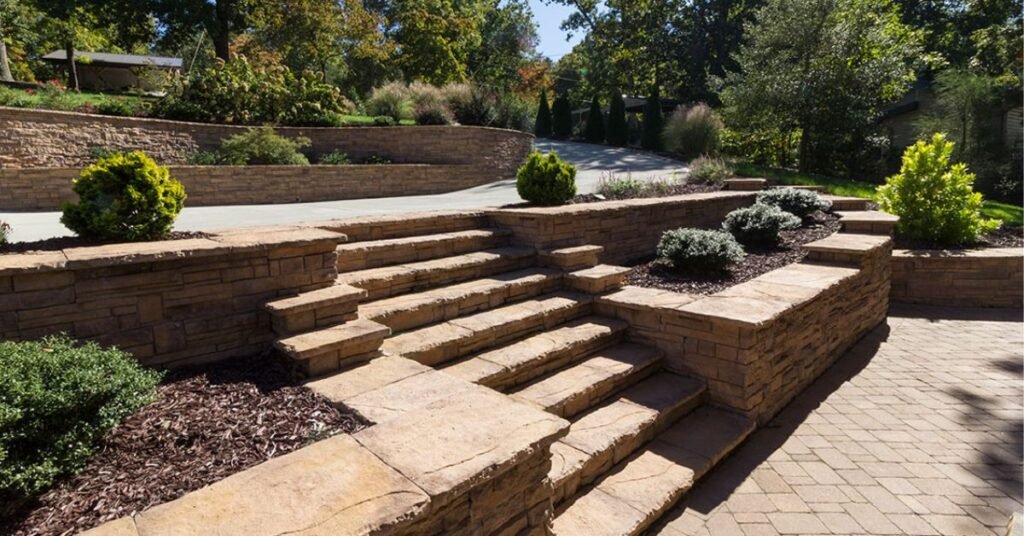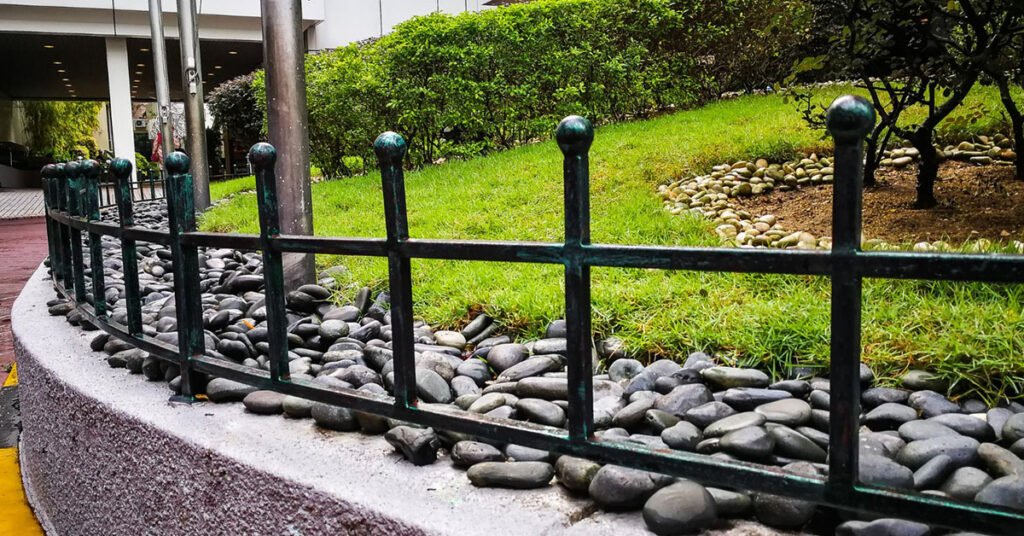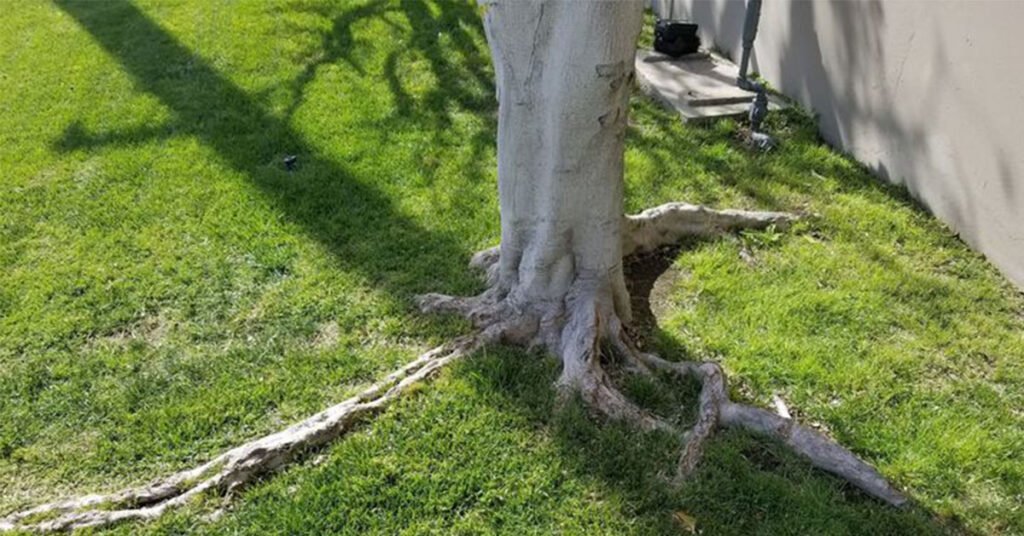Building stairs with landscape blocks is a practical and visually appealing solution for creating elevation changes in outdoor spaces. Landscape blocks, also known as retaining wall blocks or segmental blocks, are versatile and easy to work with, making them ideal for constructing sturdy and attractive stairs. Whether you’re enhancing a garden, connecting different levels of a patio, or improving access to a sloped yard, this guide will provide you with step-by-step instructions on how to build stairs with landscape blocks.
Materials Needed
Before you begin, gather the following materials and tools:
- Landscape Blocks: Choose durable blocks designed for retaining walls or stair construction. Options include interlocking concrete blocks or natural stone blocks.
- Gravel or Sand: For leveling and compacting the base.
- Geotextile Fabric: Optional, but recommended for stabilizing the base and preventing weed growth.
- Hand Tamper or Plate Compactor: For compacting the base material.
- Level: To ensure the stairs are even and level.
- Mallet or Rubber Hammer: For adjusting and tapping blocks into place.
- Safety Gear: Gloves, safety glasses, and appropriate footwear.
Step-by-Step Guide
Follow these steps to build stairs with landscape blocks:
1. Planning and Preparation
- Measure and Plan: Determine the height and length of the stairs. Calculate the number of steps needed based on the height difference.
- Mark the Layout: Use stakes and string to outline the area where the stairs will be built. Ensure the layout follows a gentle slope for proper drainage.
2. Excavation and Base Preparation
- Excavate the Area: Dig out the soil to create a level base for the stairs. Remove any rocks, roots, or debris from the excavation area.
- Add Base Material: Fill the excavated area with a layer of gravel or sand. Use a hand tamper or plate compactor to compact the base material thoroughly.
- Install Geotextile Fabric: Optionally, lay geotextile fabric over the base material to prevent weed growth and stabilize the foundation.
3. Building the Steps
- Place the First Course: Start at the bottom of the stairs. Lay the first course of landscape blocks horizontally along the base. Ensure they are level from front to back and side to side.
- Stack Additional Courses: Stack subsequent courses of blocks on top of the first course, staggering the joints for stability. Check each block with a level to maintain a consistent slope for the stairs.
- Cut Blocks if Necessary: Use a circular saw with a diamond blade to cut blocks to size if needed, ensuring precise fits and alignments.
4. Finishing Touches
- Backfill and Compact: Fill behind and between the blocks with gravel or sand. Compact the material with a hand tamper to secure the blocks in place and improve drainage.
- Add Capstones: Optionally, install capstones on the top of each step for a finished look. Capstones also provide a smooth surface and protect the top of the blocks from weathering.
- Secure with Adhesive (Optional): Use landscape block adhesive to secure the blocks together, especially for curved or angled stairs.
5. Maintenance and Safety Tips
- Regular Inspection: Periodically inspect the stairs for any signs of movement or settling. Adjust and compact base material as needed.
- Keep Drainage Clear: Ensure that drainage paths are clear to prevent water buildup behind or around the stairs.
- Safety First: Always wear appropriate safety gear when handling and working with landscape blocks. Take precautions to avoid strain and injury during construction.
Benefits of Landscape Block Stairs
Building stairs with landscape blocks offers several advantages:
- Versatility: Landscape blocks come in various colors, shapes, and sizes, allowing for customization to match the style of the landscape.
- Durability: Properly constructed, landscape block stairs are sturdy and can withstand weathering and heavy foot traffic.
- Ease of Installation: Compared to poured concrete or stone stairs, landscape block stairs are easier to install and require fewer specialized tools.
Read More: How Long is a Landscape Timber?
Conclusion
Building stairs with landscape blocks is a practical and rewarding project that enhances the functionality and aesthetics of outdoor spaces. By following these step-by-step instructions and utilizing quality materials, you can create durable and attractive stairs that blend seamlessly into any landscape design.
For those entering the landscaping industry, mastering techniques like building stairs with landscape blocks can expand your skill set and provide valuable services to clients looking to improve their outdoor environments.
Whether for residential gardens, commercial properties, or public parks, landscape block stairs offer a versatile solution for managing elevation changes and enhancing accessibility.



